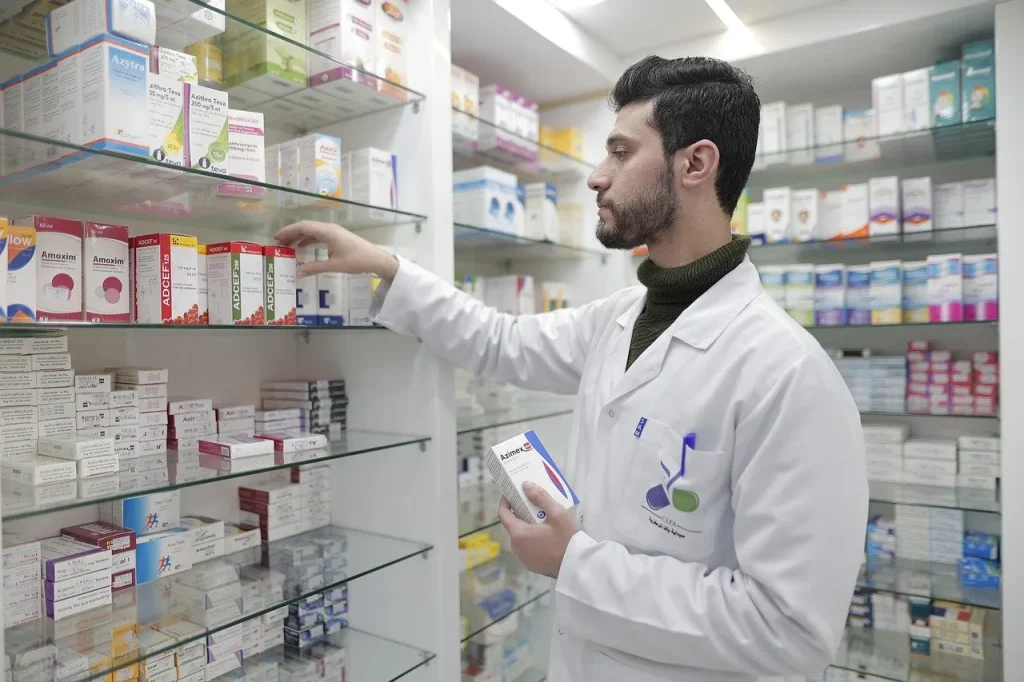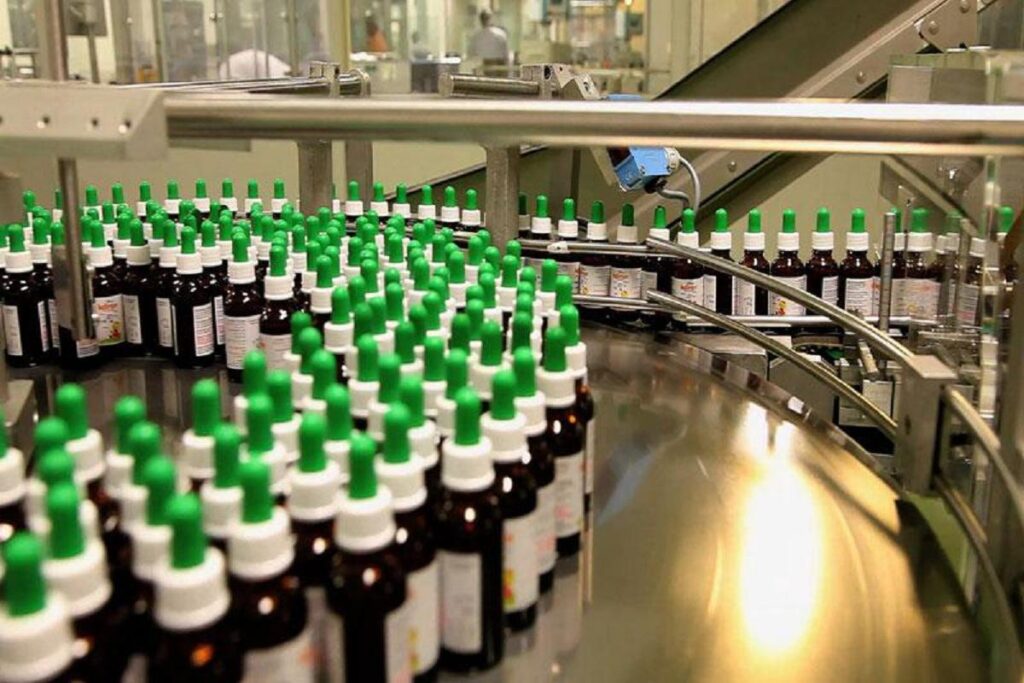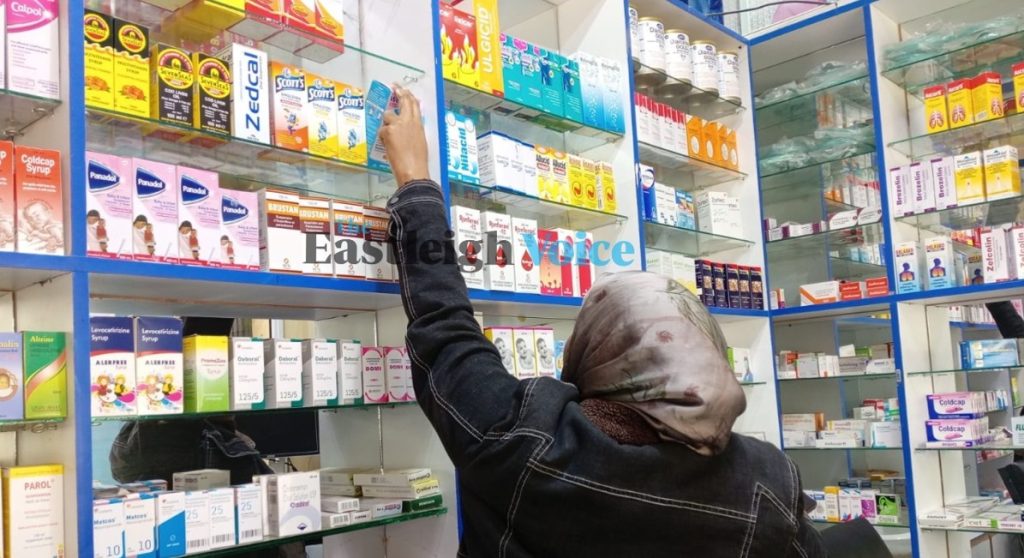
- Africa’s Pharmaceutical Market Set for 26% Growth to $43.1 Billion by 2029;
Afreximbank has reported that Africa’s pharmaceutical market is growing, with sales increasing from $34.1 billion (Sh4.4 trillion) in 2024 to $43.1 billion (Sh5.6 trillion) by 2029, a 26 percent growth.
The rapid population growth and changing healthcare needs are at the centre of this.
 According to Afreximbank’s industry outlook report, the continent’s population will nearly double from 1.3 billion in 2020 to 2.5 billion by 2050 driven by high fertility rates, low infant mortality, and increased life expectancy.
According to Afreximbank’s industry outlook report, the continent’s population will nearly double from 1.3 billion in 2020 to 2.5 billion by 2050 driven by high fertility rates, low infant mortality, and increased life expectancy.
But the report highlights a major challenge:local production of essential medicines and related products is struggling to keep up with this market growth.
“Manufacturing in region has focused on formulation and packaging, with very little focus on upstream Research & Development or production of active pharmaceutical ingredients (APIs),” the report says.

However, the Covid-19 pandemic highlighted supply chain risks, prompting a strategic shift towards enhancement of local manufacturing capabilities.
This means that despite the growing demand for pharmaceuticals, the continent is still heavily reliant on imports for the raw materials to produce medicines.
This shortfall is hindering the broader goal of achieving universal health coverage while trying to reduce expensive imports.
Over 70 percent of Africa’s medicines are imported and half of the countries on the continent have no pharmaceutical production capabilities, according to UN Trade and Development data.
“Just eight countries, mostly in North Africa, have 85 percent of the continent’s 690 pharmaceutical manufacturing facilities,” says the UN.
Despite these challenges, the UN is optimistic, saying local production is possible due to the rapidly growing pharmaceutical demand across the continent.
 “Countries like Kenya and Ethiopia are already attracting investments.But Africa only gets about 5 percent of global greenfield foreign direct investment in pharmaceutical manufacturing,” the UN adds.
“Countries like Kenya and Ethiopia are already attracting investments.But Africa only gets about 5 percent of global greenfield foreign direct investment in pharmaceutical manufacturing,” the UN adds.
On a positive note, local production is possible as a study found that tablets, capsules, and creams made in Ethiopia and Nigeria could be 15 percent cheaper than similar products imported from India.
 But the UN points out that lack of scale is still a major barrier to Africa’s efforts to boost local manufacturing.
But the UN points out that lack of scale is still a major barrier to Africa’s efforts to boost local manufacturing.









